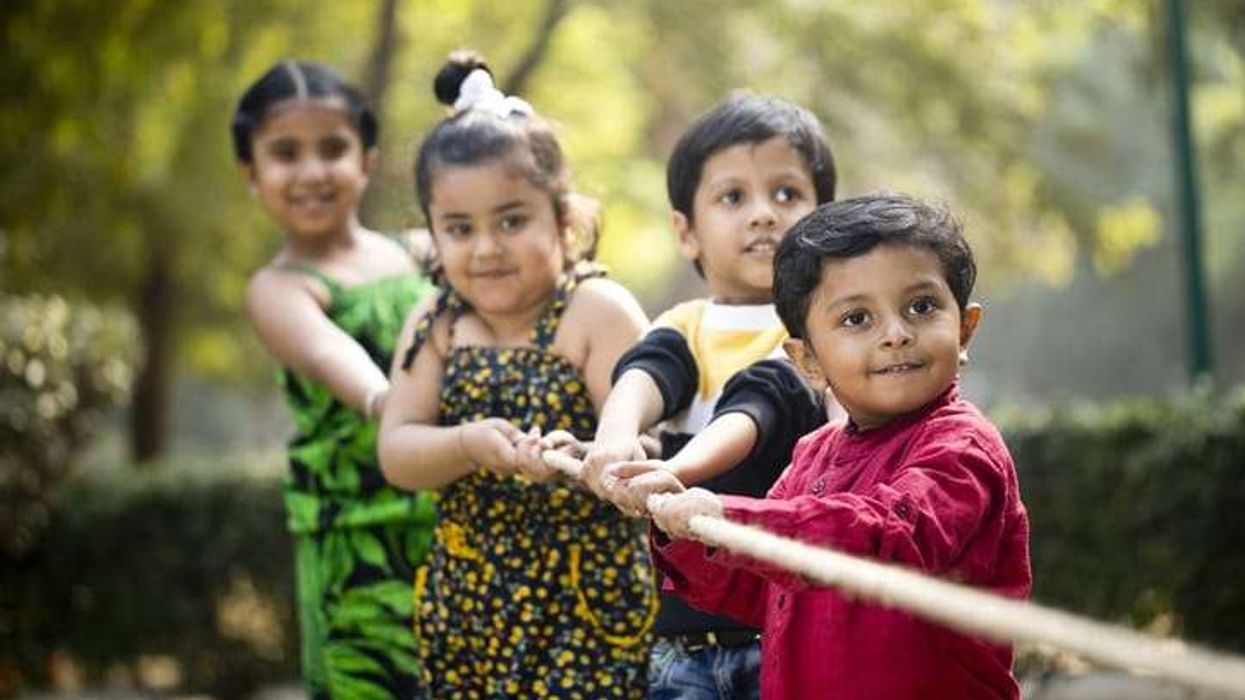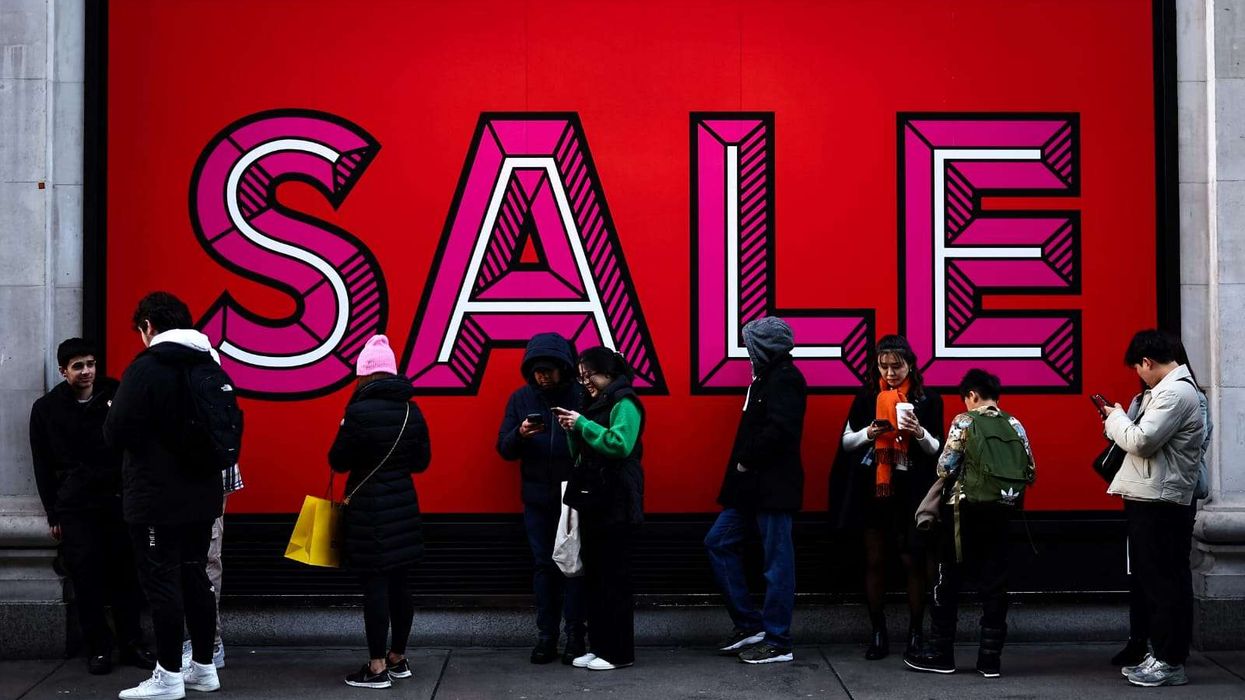by LAUREN CODLING
SOUTH ASIAN women are the least likely to attend cervical screening appointments due to concerns about Covid-19, a report found this month.
Research from charity Jo’s Cervical Cancer Trust showed that a third of women from a south Asian background do not think it is safe to visit a GP surgery at the moment. It also found that two-thirds of south Asian women believed it was best to delay cervical screening if they were at higher risk of coronavirus, while 90 per cent of them expressed concerns about catching the infection.
Professor Minaxi Desai, a trustee for Jo’s Cervical Cancer Trust, said the fear of contracting Covid has become an additional barrier for Asian women, as previous research showed many had voiced reluctance to engage with the screening service.
“Research has already shown the fear voiced by south Asian women, but now coronavirus has been shown to be a barrier too,” she told Eastern Eye on Monday (23). “There is the worry of catching coronavirus, as well as the fear of the screening and not knowing exactly what is involved in smear taking.”
Desai was previously the clinical director of the Manchester Cytology Centre at the Manchester Royal Infirmary, the largest cervical screening laboratory in Europe. She said concerns could be attributed to cultural barriers or the fear of embarrassment, discomfort or pain.
The research corroborated Desai’s view, as it highlighted a number of issues which contributed to south Asian women’s hesitation to schedule a screening. These included pressure not to go before they were married, concerns over being examined by a male doctor and a lack of education about the procedure.
Many south Asian women who were interviewed for the survey said they had never attended a screening. A 36-year-old British Pakistani said she did not “feel mentally prepared for it”. “I can’t bring myself to do it,” she said. An Indian, aged 26, also admitted she had not had a cervical smear test. She said the issue was not spoken about in her community and, to her knowledge, none of her Asian friends had been checked. “My sister is 36 and I don’t think she’s ever been (checked),” she added.
Another woman, of Pakistani origin, agreed her community did not tend to talk about issues relating to smear tests or reproductive issues. “It’s just not talked about,” she said. “(My community) don’t really talk about screening or HPV (a viral infection, picked up by cervical smears). My white friends talk about it, though.”
Desai also believes that many Asian women are afraid to visit their GP during the pandemic, for fear of picking up the virus and potentially passing it onto family members. “(Within the Asian community), there
are many families living together in multi-generational households,” she said. “It is known that the elderly generation is at higher risk (of catching the virus), which could make people even more afraid of catching the virus and bringing it home with them.”
The research showed 93 per cent of south Asian women were the most worried about the risk of the virus to loved ones. In order to encourage screenings within the Asian community, Desai highlighted the work of community engagement projects. In particular, she noted the Answer Cancer awareness scheme being run in Greater Manchester, which aims to increase uptake of cancer screening across the region.
The programme has helped to initiate Answer Cancer Champions – a growing network of people who are encouraged to share information related to cancer among family, friends, colleagues and the local community. Champions are provided with training, so they have access to the correct information and guidance.
Desai believes that the community engagement approach can help to ease the fears of women, who may not necessarily want to discuss their problems with a medical professional. “We know there are these cultural barriers, which are making (women) think twice before going for screening”, she said. “But (information) from a community champion gets people talking. I believe the bottom-up approach currently used in Manchester really helps."











